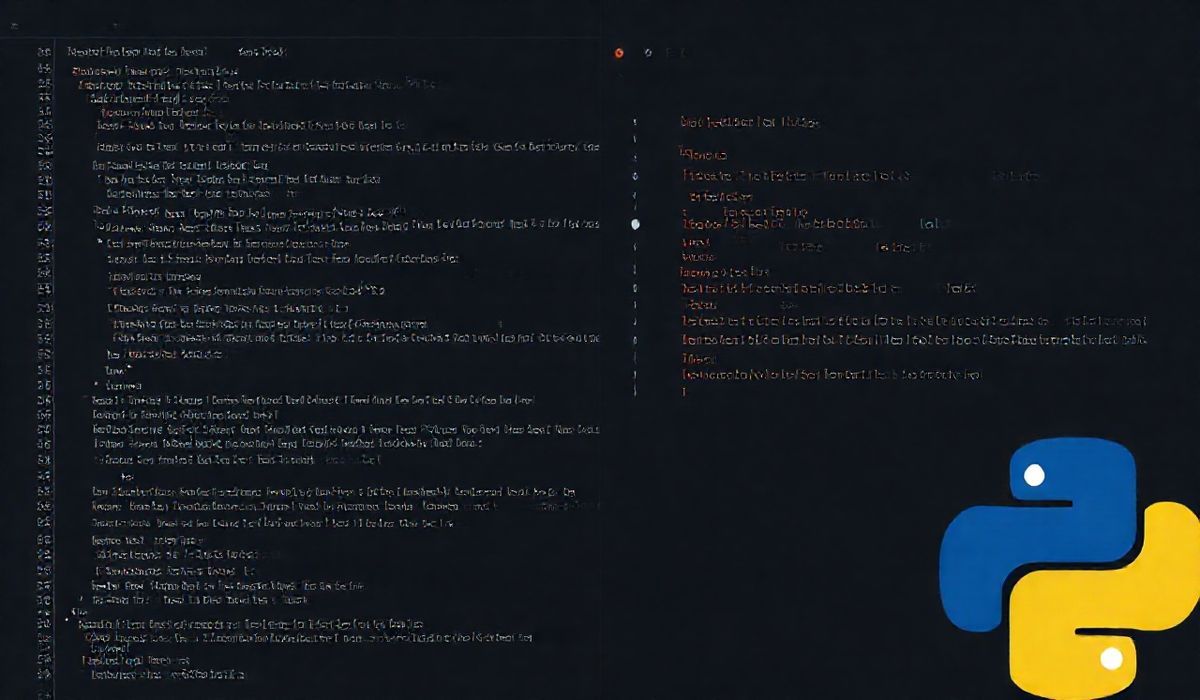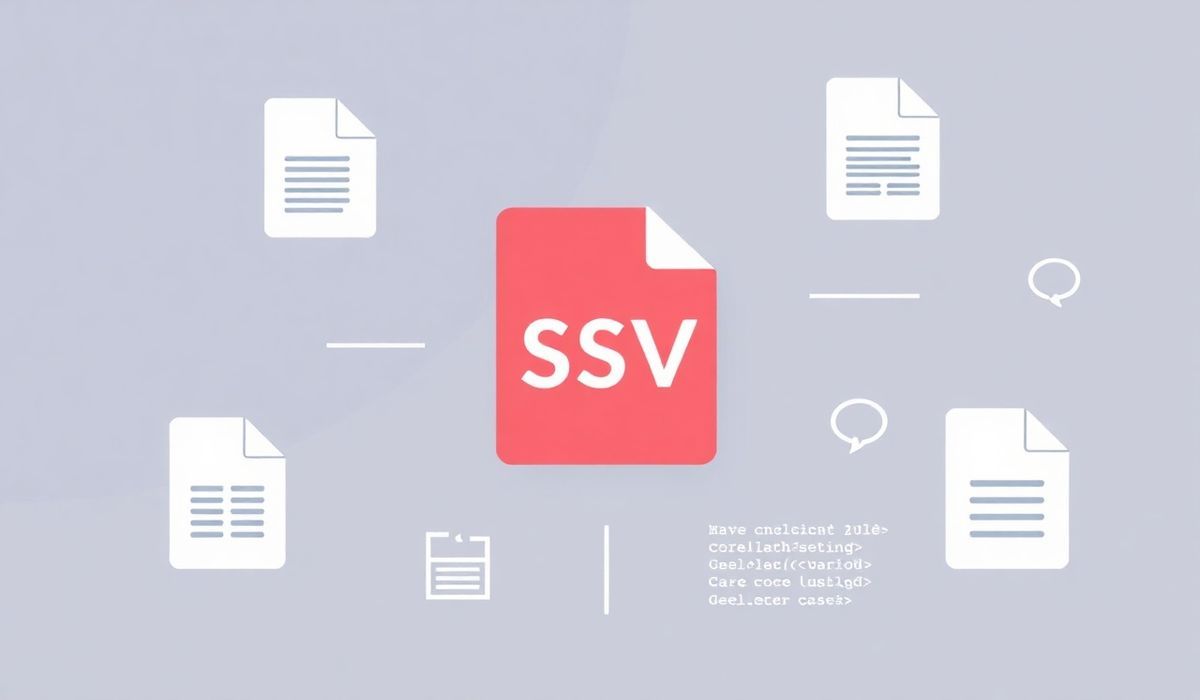Unlock the Power of HTML5lib for Parsing and Manipulating HTML
Html5lib is a robust and widely-used Python library designed for parsing and manipulating HTML according to the HTML5 specification. Whether you’re developing web scraping tools, cleaning up malformed HTML, or processing HTML documents for data extraction, Html5lib simplifies the process with its powerful and flexible API.
Key Features of Html5lib
- Conforms to the HTML5 parsing algorithm.
- Supports both SAX- and DOM-style tree construction.
- Ability to work with multiple tree builders (e.g., lxml, ElementTree).
- Handles malformed or poorly written HTML gracefully.
Common APIs and Code Examples
1. Parsing HTML into a DOM Tree
The parse function allows you to easily parse an HTML string into a DOM tree.
import html5lib
from xml.etree import ElementTree
# Sample HTML
html_content = "<html><head><title>Test</title></head><body><p>Hello, World!</p></body></html>"
# Parsing into a tree
tree = html5lib.parse(html_content, treebuilder="etree", namespaceHTMLElements=False)
# Accessing elements
title = tree.find(".//title").text
print("Title:", title) # Output: Title: Test
2. Parsing HTML with a Custom Tree Builder
Html5lib allows integration with third-party libraries like lxml for tree building.
import html5lib
from lxml import etree
# Sample HTML
html_content = "<html><body><p>Hello</p></body></html>"
# Parse using lxml
tree = html5lib.parse(html_content, treebuilder="lxml")
print(etree.tostring(tree, pretty_print=True).decode('utf-8'))
3. Sanitizing Malformed HTML
Html5lib automatically repairs poorly written or malformed HTML during parsing.
import html5lib # Malformed HTML html_content = "<p>Hello World!</div>" # Parse using html5lib tree = html5lib.parse(html_content) print(tree) # Correctly adapts to HTML5 standards
4. Serializing the Parsed Tree Back to HTML
The html5lib.serialize module lets you serialize a parsed tree back to a clean HTML string.
import html5lib html_content = "<html><head></head><body><p>Sample text.</p></body></html>" tree = html5lib.parse(html_content) # Serialize back to HTML serialized_html = html5lib.serialize(tree, tree="etree") print(serialized_html)
Building a Simple Web Scraper Using Html5lib
Below is a practical example of creating a simple web scraper using Html5lib:
import html5lib
import requests
# Fetch the webpage content
url = "https://example.com"
response = requests.get(url)
html_content = response.content
# Parse the content
tree = html5lib.parse(html_content, treebuilder="etree", namespaceHTMLElements=False)
# Extract data (e.g., all links)
links = []
for a in tree.findall(".//a"):
href = a.get("href")
if href:
links.append(href)
print("Extracted Links:", links)
Why Choose Html5lib?
Html5lib stands out among Python HTML parsing libraries due to its strict adherence to the HTML5 specification, making it an excellent choice for developers seeking accuracy and reliability.
Final Thoughts
Whether you’re building web scraping solutions, cleaning up messy HTML, or working on complex front-end/backend workflows combining Python and HTML5, Html5lib is a must-have library. Experiment with its APIs to uncover its vast potential!




